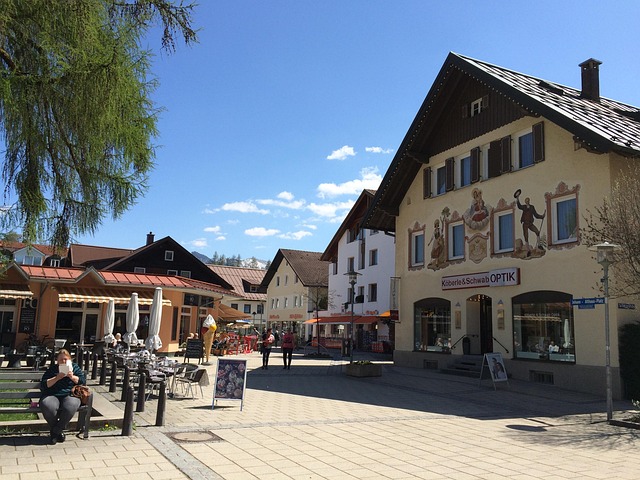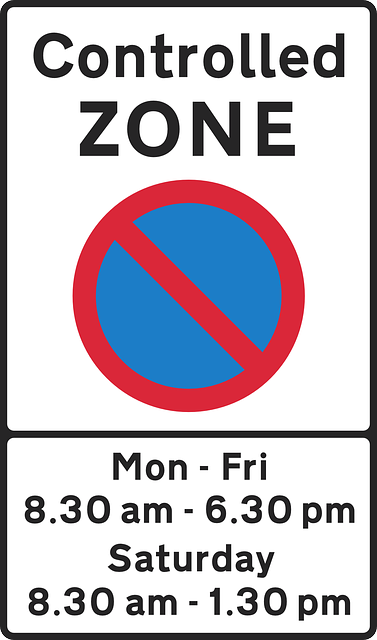Real estate trends vary widely across cities and counties due to local economies, demographics, policies, and geography. Metropolises like New York and San Francisco have high property values from robust job markets, while smaller counties offer more affordable housing. Zoning laws, infrastructure, and natural landscapes also influence prices, with coastal areas commanding higher costs. Understanding these county-specific differences is crucial for both buyers and sellers in the dynamic real estate market.
Real estate trends vary greatly across cities and counties, creating significant disparities in housing markets. While some urban centers experience booming real estate sectors, rural areas may struggle with declining values. This article delves into these variations, exploring how city and county differences impact the overall real estate landscape. By understanding these trends, homeowners, investors, and aspiring buyers can make more informed decisions tailored to their specific locations.
Real Estate Trends Vary Across Cities

Real estate trends are not uniform across cities and counties, with significant variations shaping property markets. These disparities stem from a multitude of factors including local economies, demographics, and urban planning initiatives. For instance, bustling metropolitan areas like New York City often experience high real estate prices due to strong job opportunities and dense populations, while quieter suburban towns may offer more affordable housing options.
Additionally, real estate trends can be influenced by regional preferences for property types. Coastal cities might see higher demand for oceanfront properties, whereas inland regions could favor larger plots of land suitable for farming or rural retreats. Staying attuned to these local dynamics is crucial for both buyers and sellers navigating the ever-evolving real estate landscape.
County Differences in Housing Markets

The housing market varies greatly across cities and counties, reflecting diverse economic conditions, demographic trends, and local policies. These differences are starkly evident in real estate prices, availability of properties, and the overall health of each market. For instance, bustling metropolitan areas like San Francisco or New York tend to have higher property values due to strong job markets and limited supply of housing. In contrast, smaller counties might offer more affordable options, appealing to families seeking a change from the hustle and bustle.
Local factors such as zoning laws, infrastructure development, and natural landscapes also influence real estate dynamics. Coastal areas or regions with scenic views often command premium prices, while remote locations may face challenges in attracting buyers or renters. Understanding these county differences is crucial for both residents looking to buy or sell homes and investors navigating the diverse landscape of the real estate market.
Significant Disparities: City to County Comparison

In the realm of real estate, significant disparities often exist between cities and their surrounding counties. When comparing urban centers to rural or suburban counties, one may notice stark contrasts in property values, market trends, and overall accessibility. For instance, bustling metropolitan areas like New York City or San Francisco typically boast higher real estate prices due to high demand and limited supply, whereas nearby counties might offer more affordable options.
These variations can be attributed to a multitude of factors, including local economies, population density, and infrastructure development. Cities with thriving industries and a diverse range of amenities often attract investors and buyers, driving up property values. Conversely, counties with a slower pace of life or limited commercial opportunities may experience lower real estate prices, making them more appealing to budget-conscious purchasers.






